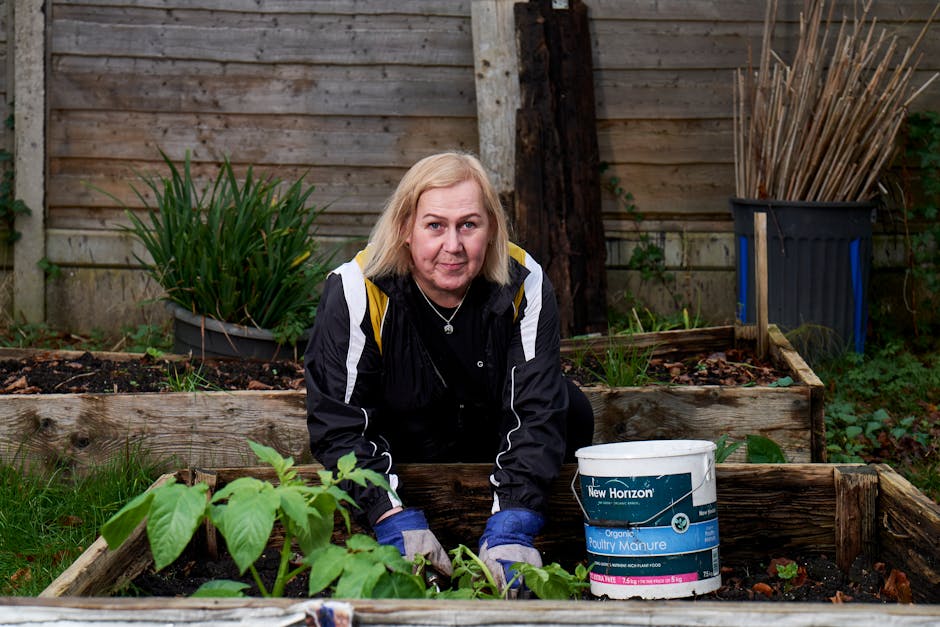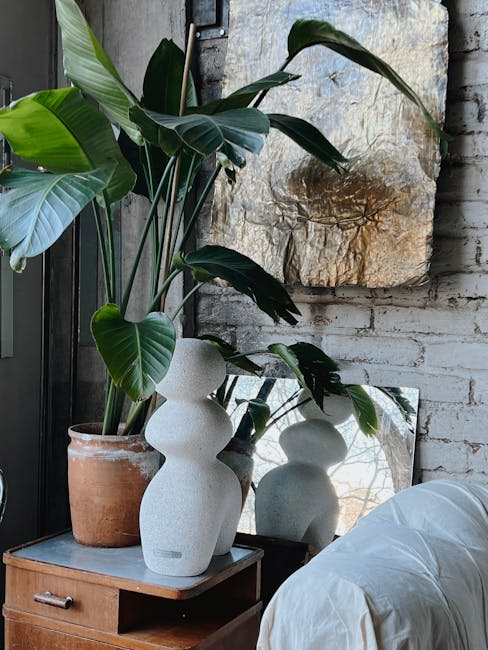DIY Raised Garden Beds on a Budget
Introduction
Dreaming of fresh, homegrown vegetables but dreading the cost? You don’t have to break the bank to create a thriving garden! Building your own DIY raised garden beds on a budget is totally achievable. This guide provides practical, cost-effective strategies and ideas to get you started, allowing you to enjoy the benefits of a raised garden without emptying your wallet.
Building Budget-Friendly Raised Garden Beds
Finding Affordable Materials
The key to a budget-friendly raised garden bed is sourcing inexpensive materials. Here are some ideas:
- Reclaimed Wood: Pallets (be sure to check for safe, untreated options – avoid those marked with “HT” indicating heat treatment is safer than chemical treatment “MB”), old fences, and discarded lumber can be repurposed. Check with local businesses, construction sites (ask permission first!), and online marketplaces.
- Concrete Blocks: These are relatively inexpensive and readily available at most home improvement stores. They offer durability and stability.
- Cinder Blocks: Similar to concrete blocks, but often cheaper. Can be painted for a more appealing look.
- Bricks: Reclaimed bricks can add a rustic charm. Look for them at salvage yards or through online classifieds.
- Untreated Lumber: If purchasing new wood, opt for untreated lumber like cedar or redwood, as they are naturally rot-resistant. Pressure-treated wood may contain chemicals that could leach into the soil.
- Woven Wattle Fencing: Create a natural look with woven branches or sticks. This is a more labor-intensive option but can be very cost-effective if you have access to free materials.
DIY Construction Techniques
Keep construction simple to minimize costs and effort. Here are a few basic methods:
- Simple Wood Frame: Cut your chosen wood to the desired dimensions and screw or nail the pieces together to form a rectangular frame. Reinforce the corners with brackets for added stability.
- Stacking Blocks or Bricks: Simply stack your blocks or bricks to create the desired height and shape. This method requires minimal cutting or assembly. You can dry-stack them or use mortar for a more permanent structure.
- Pallet Garden Bed: Disassemble a pallet carefully and use the individual boards to create a raised bed frame.
Soil and Location Considerations
Choosing the right soil and location is crucial for a successful garden. Here’s how to save money:
- Amend Existing Soil: Instead of buying all new soil, amend your existing garden soil with compost, aged manure, and other organic matter.
- Compost: Start a compost pile using kitchen scraps, yard waste, and shredded paper. This will provide a free and nutrient-rich soil amendment.
- Location: Choose a sunny spot with good drainage. Consider water access to minimize watering costs.
- Sheet Mulching (Lasagna Gardening): Layer cardboard or newspaper over the existing ground, then add layers of organic matter like compost, leaves, and grass clippings. This will suppress weeds and create a rich growing medium over time.
Tips for Saving Money on Supplies
- Shop Around: Compare prices at different stores and online retailers.
- Look for Sales and Discounts: Take advantage of seasonal sales and clearance events.
- Buy in Bulk: Purchase soil amendments and other supplies in bulk to save money per unit.
- Grow from Seed: Starting plants from seed is significantly cheaper than buying transplants.
- Freecycle/Online Marketplaces: Check local online groups and marketplaces for free or low-cost gardening supplies.
Conclusion
Building DIY raised garden beds on a budget is a rewarding and sustainable way to grow your own food. By utilizing reclaimed materials, simple construction techniques, and smart sourcing strategies, you can create a beautiful and productive garden without breaking the bank. Get creative, have fun, and enjoy the fruits (and vegetables!) of your labor!














Post Comment